2019 Hyundai Elantra Kia Forte Comparison

We just finished up a series of drives with both the 2019 Hyundai Elantra and 2019 Kia Forte in the Buyer’s Guide. They are actually similar in many ways. They share a common platform, along common components from engines to switchgear.
Since both vehicles share a high degree of engineering, technology, and equipment, CarSoup.com has put both the Elantra and the Forte into a comparison for you. We want to know which one of these compact sedans is a better vehicle for you.
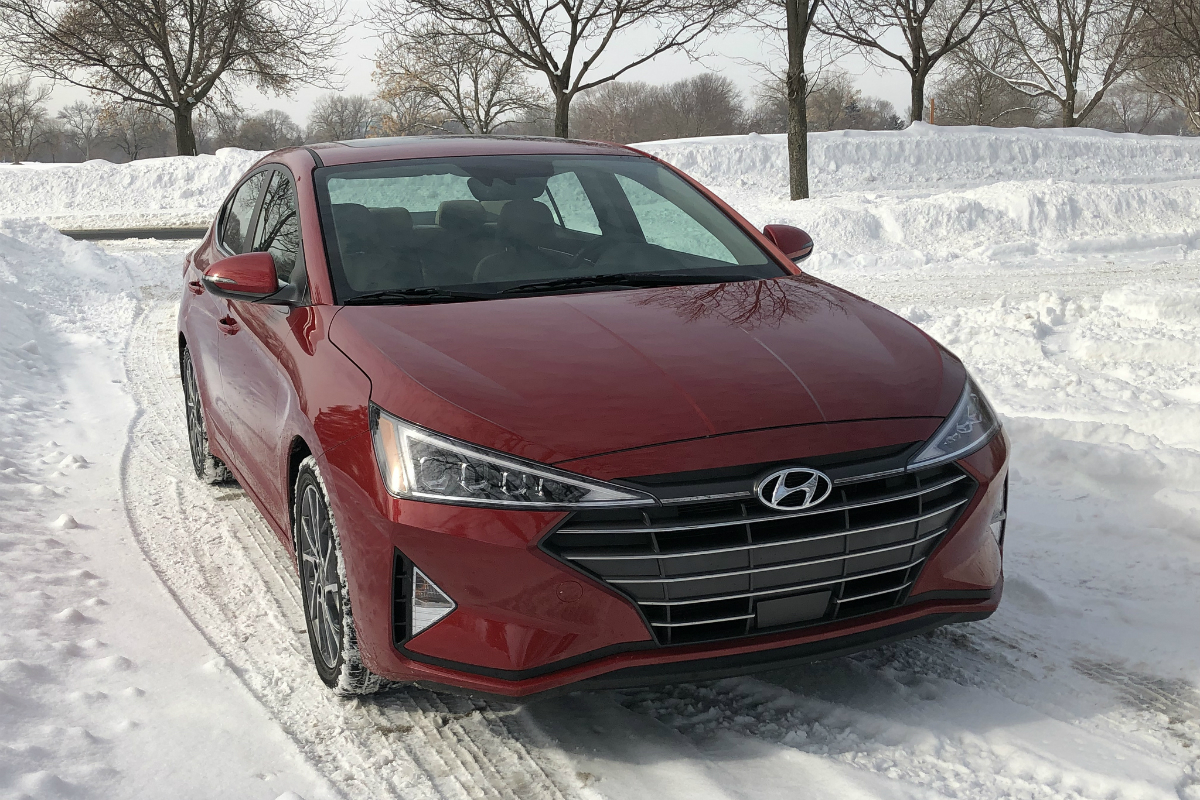
EXTERIOR DESIGN: Even though they look quite different, both the Republic of Korea-made Hyundai and Mexican-assembled Kia are rather equal in many ways. The front doors open enough to get in and out of each driver’s seat. On both sedans, there was a trick trying to open the trunk. We found that the key fob does the trick. There should really be a button on the trunk lid.
The new 2019 Forte followed some of the design cues from the Stinger. That’s a good thing, because the Stinger is a superb performance car. The Stinger-influenced design actually works well. It gives the Forte a sharp, stand-out look from front to back.
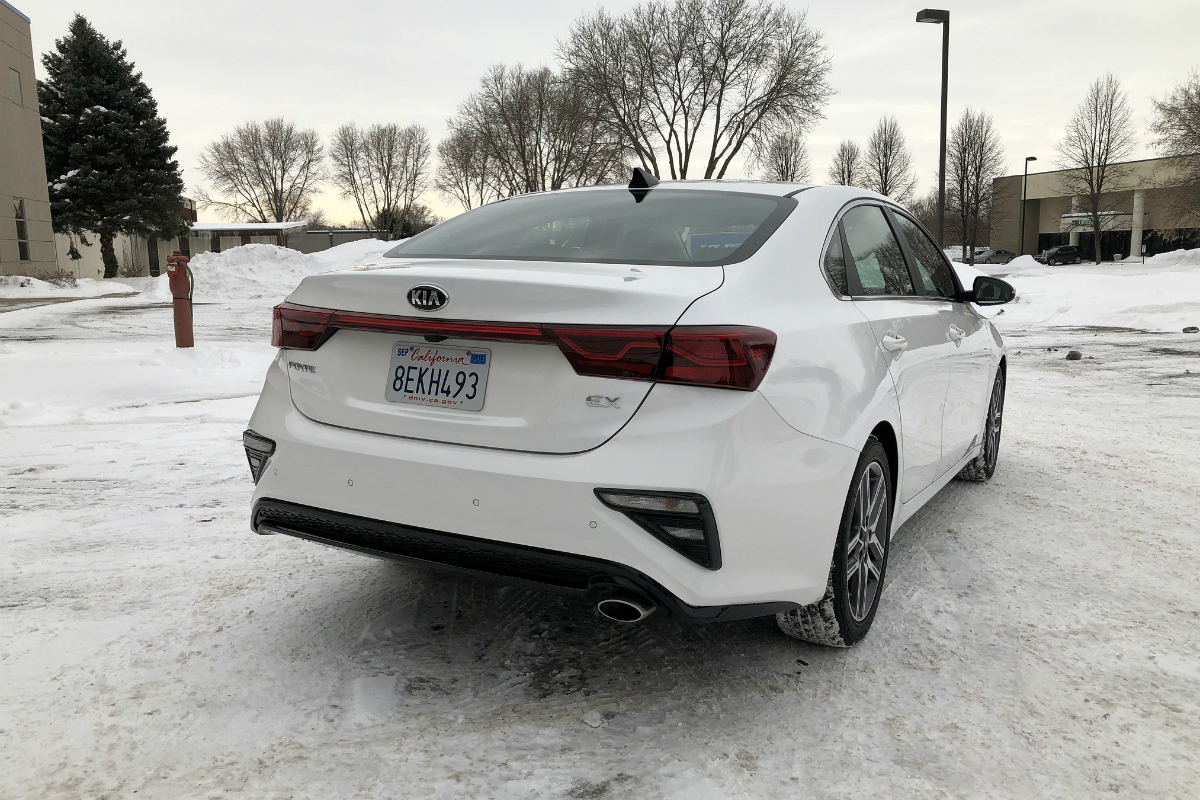
Although the current Elantra was introduced in 2016 as a 2017 model, it underwent a mid-cycle refresh for 2019, that drew inspiration from the larger Sonata in the back. It has a lovely rear end that sets off a handsome silhouette and profile. The front end is where things get interesting. We received mixed opinions about the front-end design. Although, we liked the new triple-bulb LED headlamp units that do a good job lighting up the road ahead.
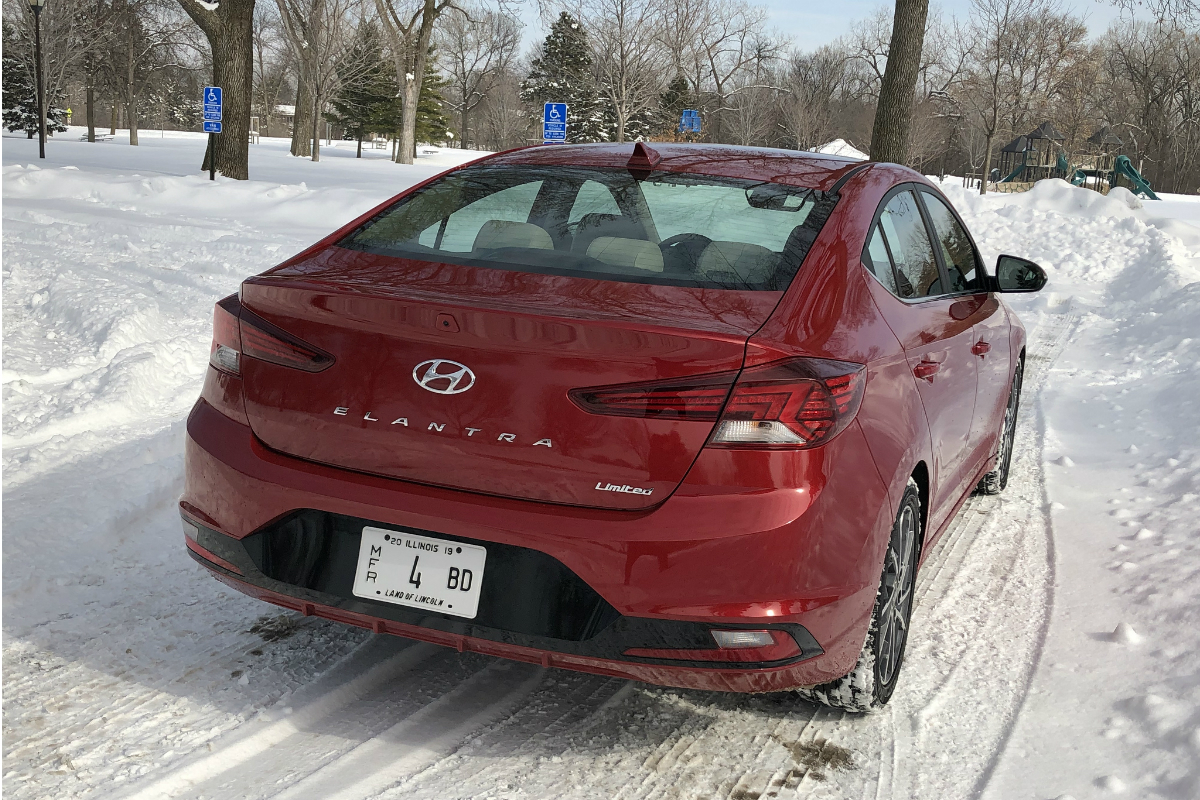
INTERIOR DESIGN: If you follow both Hyundai and Kia well enough, you will notice two schools of thought for design. One is a slightly upmarket approach seen on the Sonata, which the Elantra follows with the integrated infotainment screen in the instrument panel. The other is inspired by the minimalism of the Stinger, as seen in the Forte. The tablet-like infotainment screen is a dead giveaway for this design school.
Both vehicles share plenty of control, switch and infotainment screen look, touch, and logic. That is where the similarities end. The Elantra’s cockpit offers a better information screen in-between the main dials – with portrait orientation for cleaner displays. The button arrangement and trim on the lower center stack for the climate controls are another curiosity that may seem out of place in the Elantra.
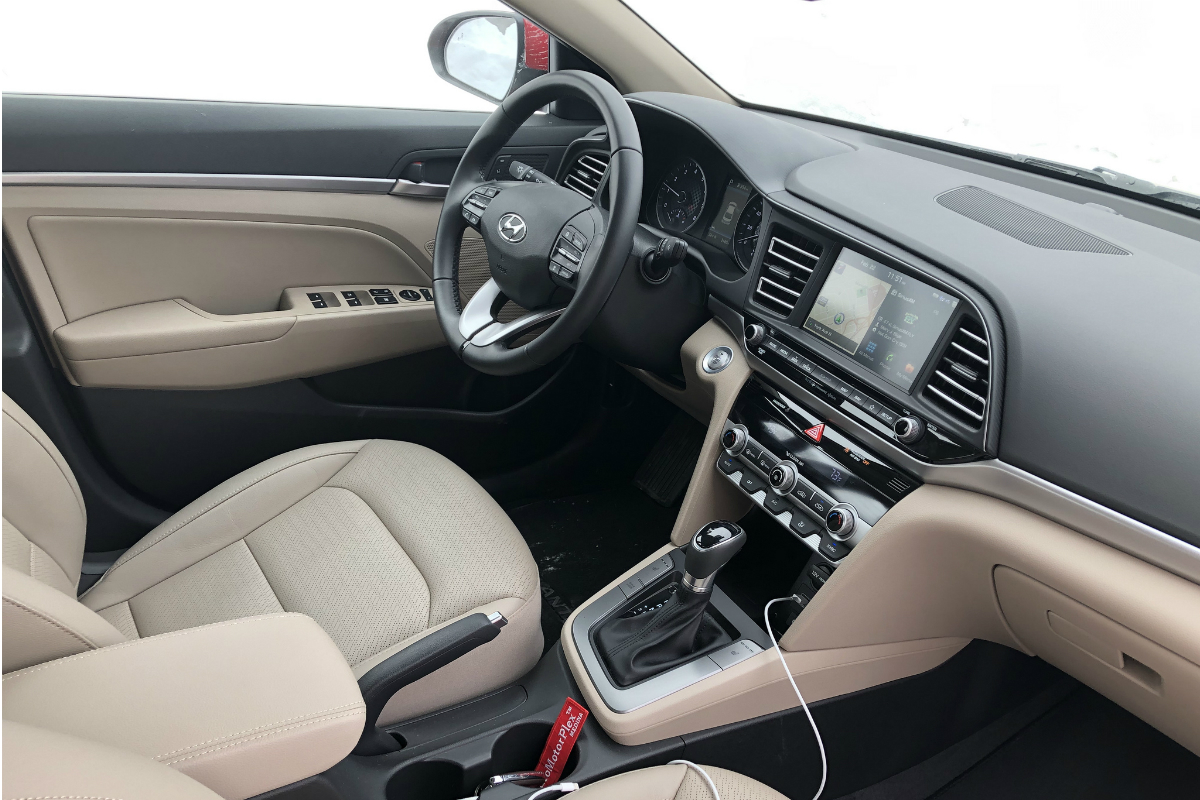
On the Forte, the landscape orientation of the TFT screen lends to a better warning light arrangement below. The cleanliness of the control layout in the center stack is also a win for Kia. Not to mention that the Forte also wins the front USB connection game with two against the Elantra’s one.
Both “luxury” trims of the Forte and Elantra offer similar seating arrangements and controls. I felt fine behind the wheel of both the Hyundai and Kia, as both offer adequate support and bolstering for this wide-bodied person. Rear seat room is best reserved for smaller humans sitting behind me. The passenger side occupants will be fine with adequate room between them.
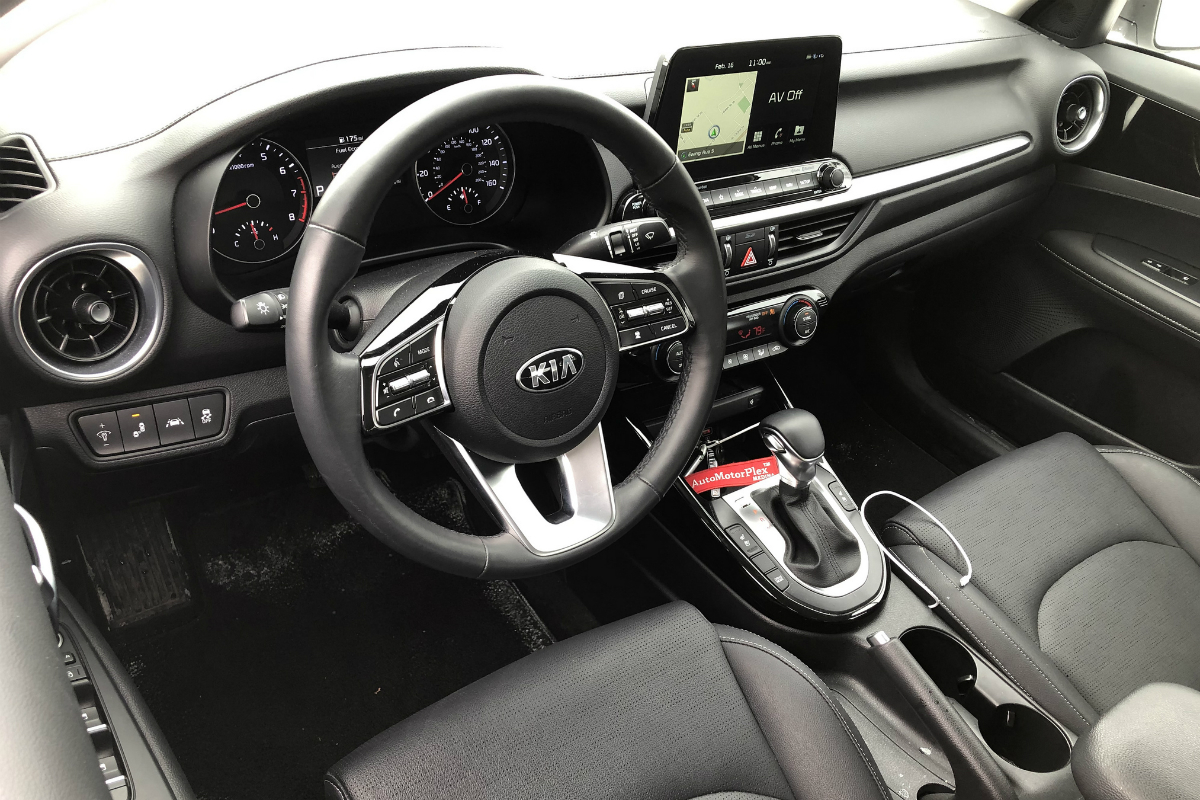
THE DRIVING EXPERIENCE: With most things being equal, the Elantra and Forte are powered by the same Nu 2.0-liter four-cylinder engine running on an Atkinson Cycle. Both are rated at 147 horsepower with 132 pound-feet of torque. This engine is pretty lively by itself.
Where the fork in the road splits is the difference in transmissions on each sedan. The Elantra has a six-speed conventional automatic that has been proven for quite some time. It is a solid transmission, but we found some response issues under full throttle when passing on the highway. However, the Forte employs the company’s first continuously variable transmission. This CVT is actually quite good under normal throttle. It goes through its “ratios” like a conventional automatic. Under full throttle in passing situations, it will act like any other CVT with a full hold until the maneuver is complete.
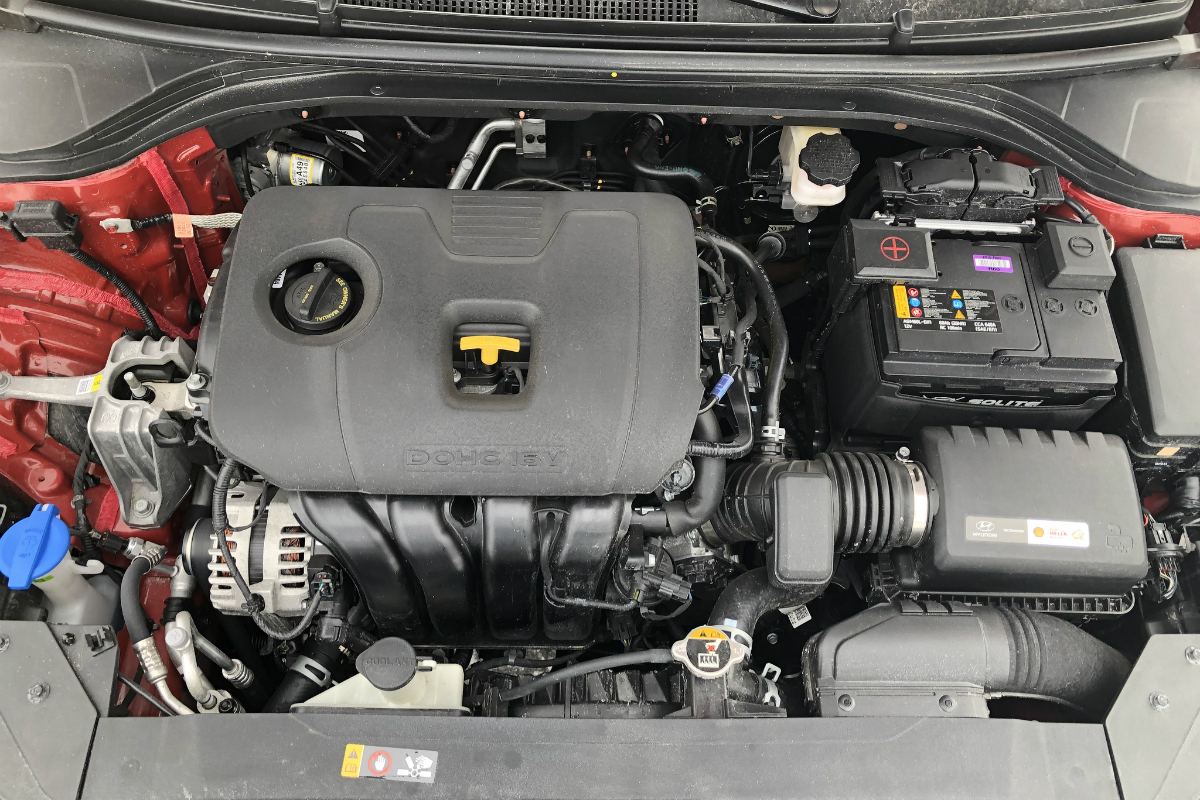
In terms of fuel economy, both the Elantra and Forte turned similar averages – 34.4 MPG and 34.3 MPG, respectively.
It is also safe to say that both the Elantra and Forte offer the same driving dynamics, as well. The ride quality is fine between the two – no one actually has anything different from each other from what we can tell. Though the Forte has an edge on handling and cornering. The chassis seems a bit sharper than the Elantra. We also found the brakes and steering sharper on the Kia than on the Hyundai.
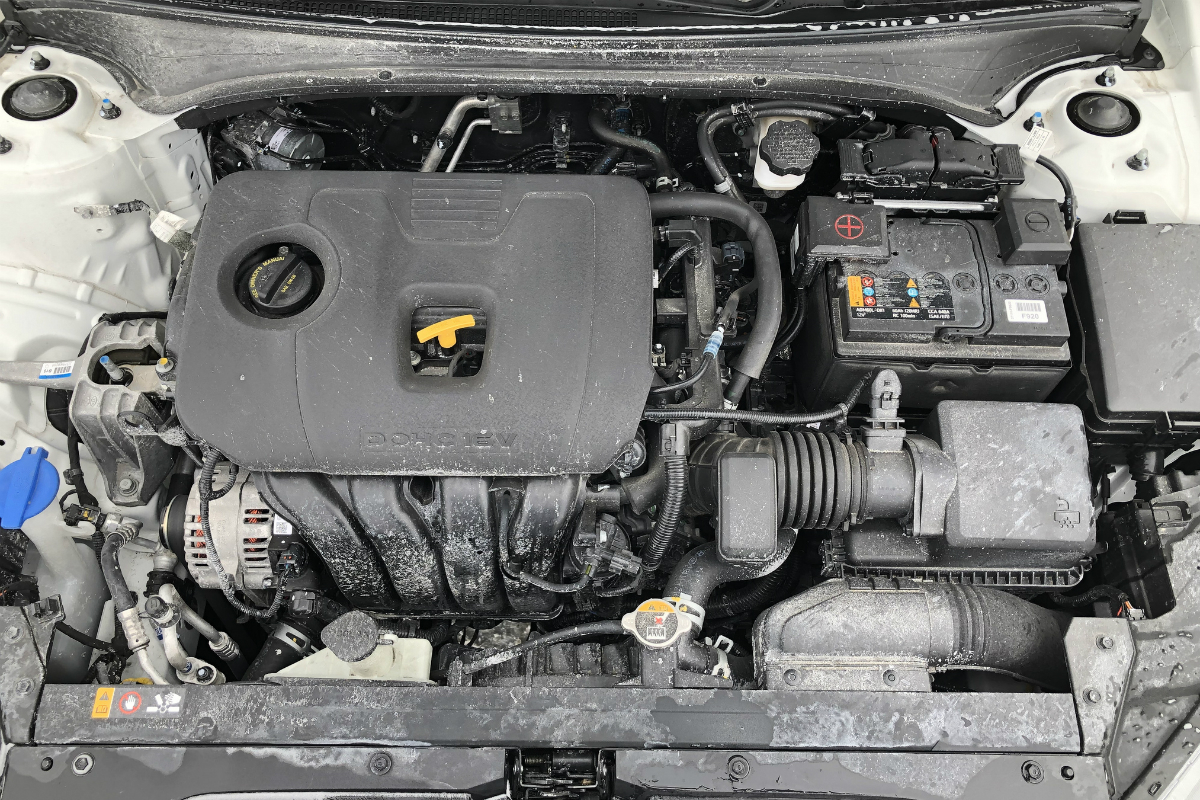
OUR CONCLUSION: The 2019 Hyundai Elantra is a good compact sedan. However, we found the 2019 Kia Forte better in many respects. Even the Forte has a lower sticker price: $26,515 vs. $26,960.
Which compact sedan would you choose between these two? Or, would you pick another compact sedan, like a Honda Civic, Toyota Corolla, Volkswagen Jetta…among others.
Story Credits: CarSoup Editors
